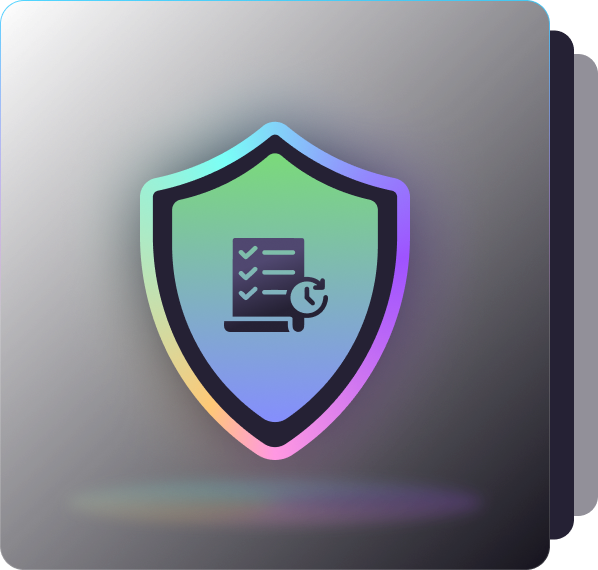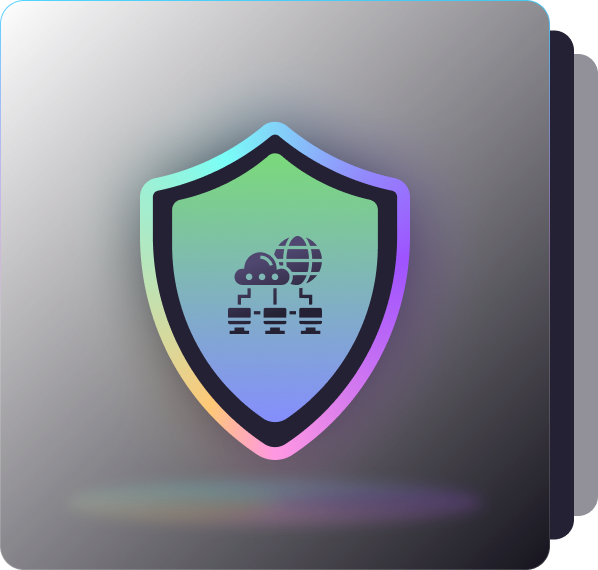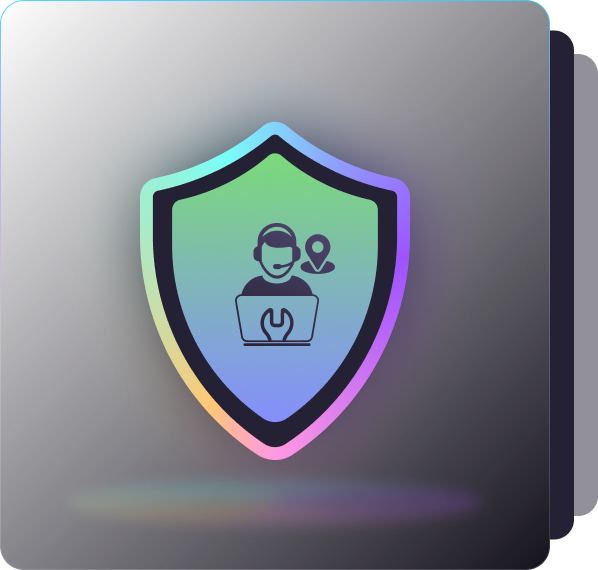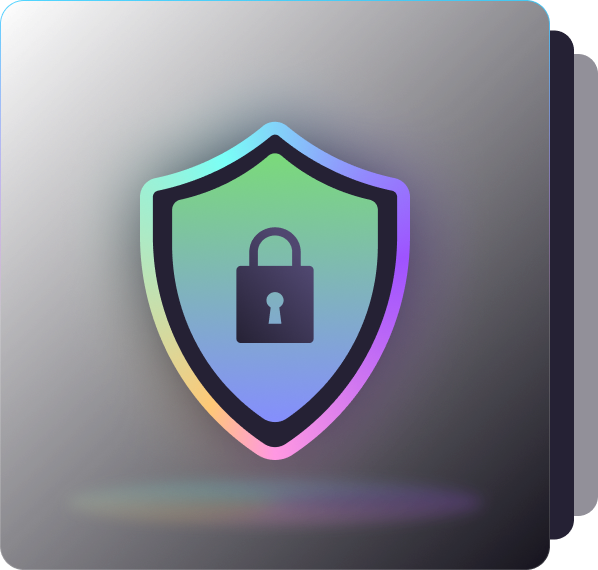Device Threat Protection

24×7×365 Managed Security Operations Center (SOC): Around-the-Clock Threat Detection and Response
Cyber threats don’t stick to business hours—and neither should your security. A 24×7×365 Managed Security Operations Center (SOC) provides continuous monitoring, threat detection, and expert response to protect your business from attacks day and night.
Staffed by cybersecurity professionals, a managed SOC uses advanced tools and threat intelligence to analyze security events across your environment—flagging suspicious activity, responding to incidents, and helping to contain threats before they escalate. Whether it’s a ransomware attempt at 2 AM or an insider threat during lunch hour, the SOC is always watching.
Why it matters for your business:
- ✔Continuous threat monitoring to detect attacks in real time—no matter when they occur
- ✔Expert analysis and triage from trained security professionals
- ✔Rapid incident response and containment, reducing downtime and damage
- ✔Advanced threat intelligence to stay ahead of evolving tactics and vulnerabilities
- ✔Meets cybersecurity insurance and compliance requirements for around-the-clock monitoring

Managed Device Security & Compliance: Enforcing Security Where Work Happens
Your business data lives on your employees’ devices—laptops, tablets, and phones that often operate outside the office walls. Managed device security and compliance, powered by tools like Microsoft Intune or other Mobile Device Management (MDM) platforms, ensures that every endpoint accessing your company’s data meets your security standards, no matter where it’s located.
Through configuration profiles, businesses can automatically enforce critical security settings across all managed devices. This includes encrypting drives, enabling firewalls, requiring strong passwords, and locking screens after inactivity. These policies reduce the risk of data loss, ensure regulatory compliance, and prevent unauthorized access—especially important in remote and hybrid work environments.
Why it matters for your business:
- ✔Protects sensitive data by enforcing disk encryption and secure access controls
- ✔Reduces risk from lost or stolen devices through remote lock, wipe, and geolocation features
- ✔Maintains a consistent security posture across all endpoints with automated policy enforcement
- ✔Supports regulatory compliance with frameworks like HIPAA, GDPR, and SOC 2
Commonly enforced configurations include:
- ✔BitLocker or FileVault for full disk encryption
- ✔Firewall enforcement to block unauthorized inbound traffic
- ✔Password and screen lock policies (e.g., auto-lock after inactivity, biometric or PIN requirements)
Web Content Filtering (DNS Filtering): Defend Against Online Threats
The internet is one of the most common pathways for cyberattacks to reach your business. Web content filtering, also known as DNS filtering, helps prevent security incidents before they start—by blocking access to malicious, inappropriate, or non-business-related websites at the DNS level, before a connection is ever made.
Instead of relying on users to avoid dangerous links or phishing websites, DNS filtering proactively intercepts and redirects traffic away from known threat domains. It also allows businesses to enforce browsing policies, reduce distractions, and protect against data loss caused by unsafe web access.
Why it matters for your business:
- ✔Blocks malware, ransomware, and phishing sites before they reach your network
- ✔Prevents access to high-risk or non-compliant content, improving productivity and reducing liability
- ✔Reduces the attack surface by cutting off communication with unwanted remote access servers
- ✔Customizable policies by user, group, or location

Operating System & Application Patch Management: Closing the Door on Exploits
Unpatched software is one of the most common entry points for cyberattacks. Whether it’s a known vulnerability in Windows, macOS, Chrome, or Adobe Reader, attackers are constantly scanning for systems that haven’t been updated. Patch management ensures that your devices are always protected with the latest security updates—automatically and consistently.
By managing patches across operating systems and third-party applications, businesses can reduce exposure to zero-day threats, ransomware, and data breaches. Automated patching also minimizes user disruption and eliminates the guesswork around what’s up to date and what’s not.
Why it matters for your business:
- ✔Closes known security vulnerabilities before attackers can exploit them
- ✔Reduces risk of ransomware and data breaches by keeping systems current
- ✔Ensures consistency across your environment, with centralized visibility into patch status
- ✔Supports compliance with cybersecurity standards and insurance requirements

